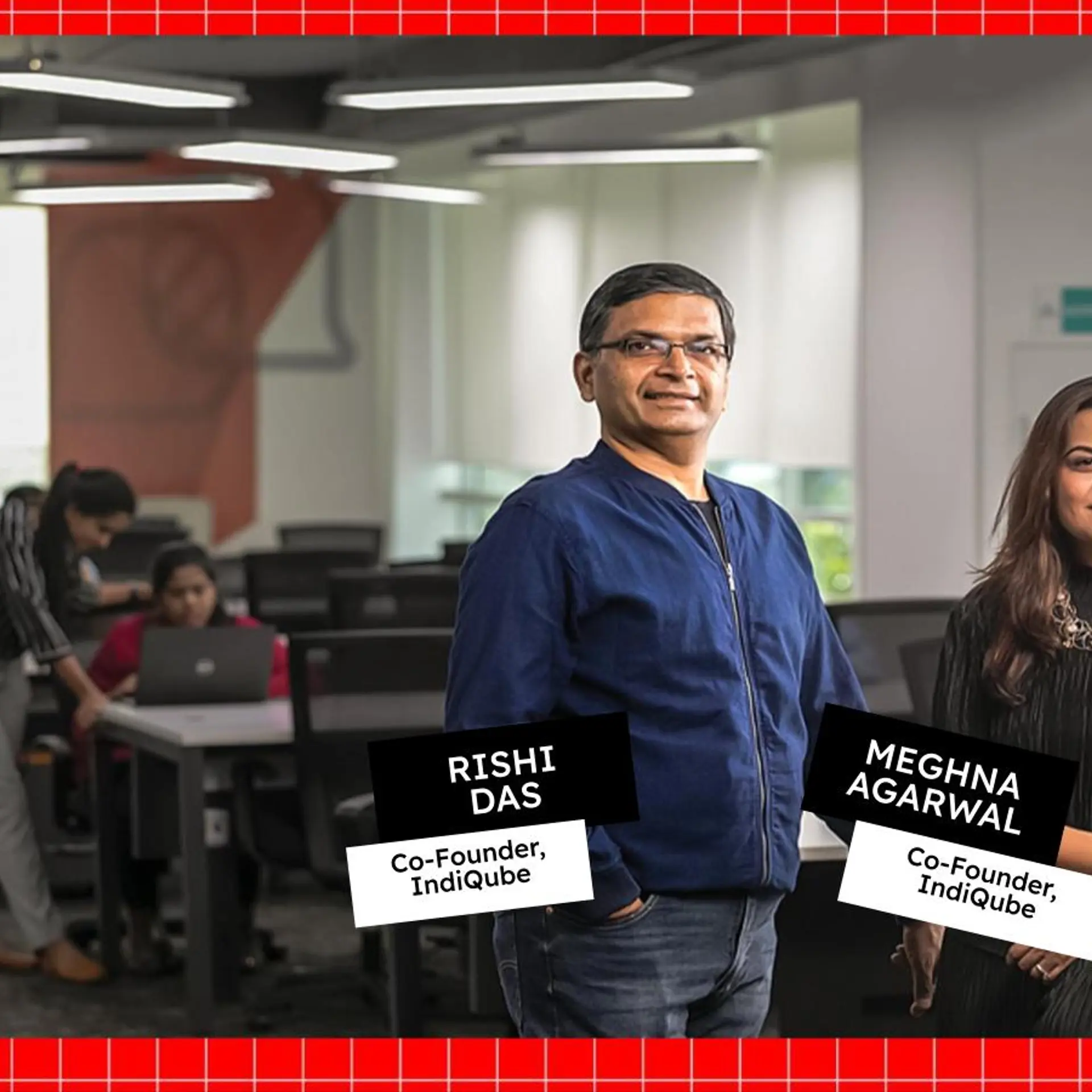[COVID Warrior] How this NGO has ensured health, wellness and education to over 15 lakh children amid the pandemic
From preventing illegal adoption and trafficking to creating COVID-19 vaccine awareness – Save the Children is trying to #ProtectAMillion children in the pandemic.
Amid the coronavirus pandemic, while children from middle and higher sections of society comfortably studying at home with access to laptops and other technology, those from the underserved sections face the bulk of their problems within their homes. Most of them have been completely been removed from their schools and have no safe space.
Over time, this will lead to the emergence of severe problems among children like child labour and child marriage, the latter being a common feat among girls. This is why child education until the age of 18 is very important.
Save the Children, India is an independent child rights NGO that works in 14 states. Beginning its journey in 2008 in India, it claims to have impacted the lives of more than 11 million (1.1 crore) children. The international factions of the NGO work in over 120 countries.
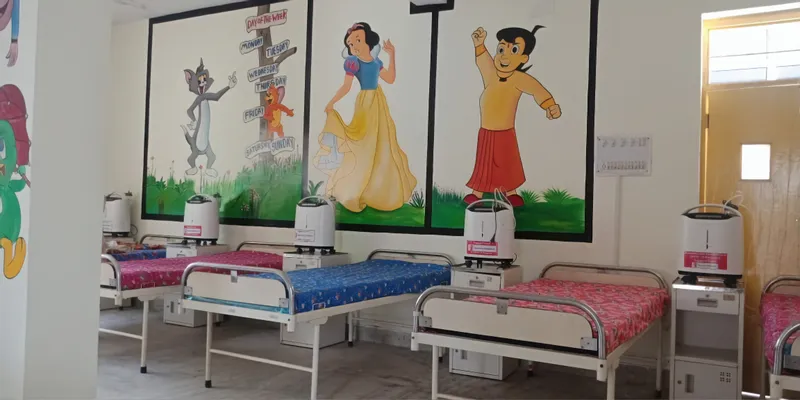
Paediatric ward in Gumla set up by Save the Children, India
Amid the pandemic, they have been trying hard to provide children with the much-needed nutrition and with educational opportunities in some small ways. They have also been aiding their families that have been equally impacted by the pandemic.
“Since 2020, we have reached nearly 15 lakh children and their families, impacting about six lakh children across the length and breadth of India with our COVID-19 response. During the second wave, we launched our mission to protect an additional one million children and families across 12 states, two UTs, and 57 districts,” Sudarshan Suchi, CEO, Save the Children, India tells SocialStory.
#ProtectAMillion
With schools closed, the children also lost on getting a regular and balanced meal. The second big hit was the lack of a safe, public space, and students also couldn’t have a guaranteed social interaction outside of their homes.
“So, the big question – under these contexts, how do we get the children to maintain at least some parts of this new normal?” Sudarshan notes.
Through its ‘ProtectAMillion’ mission, Save the Children, India has worked with anganwadis to ensure that the children continue receiving a secure meal. They opened some of the activity centres after the lockdown was partially lifted.
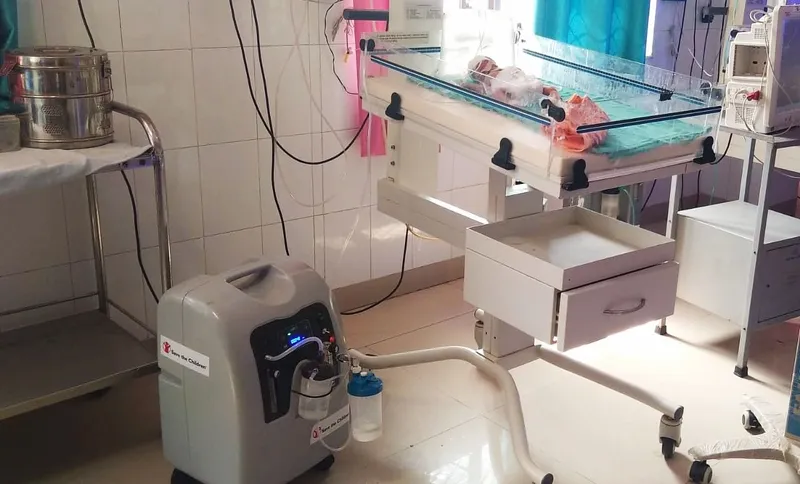
Image of the new born baby who survived using Save the Children, India's Oxygen Concentrator in the Special Newborn Care Unit in Tonk, Rajasthan
With social distancing and other restrictions, the NGO enlisted volunteers and teachers to attend to children and try to continue some of the learning activity. These were done at some of the activity centres arranged by the organisation.
They also developed educational and life skills material to engage children and see how they could supplement their learning with technology.
Some members of the leadership teams decided to reach out to promising children, who were called ‘Child Champions,’ to demystify COVID-19 myths and create a sense of responsibility.
“During the pandemic, it has been quite a challenge to provide consistency, predictability, and safety day-after-day in the lives of the underserved children, especially in terms of nutrition, education and other things that safeguard them,” says Sudarshan.
Providing essentials in the pandemic
In 2021, during the second wave, the NGO scaled up its initiatives across 57 districts in 12 states and two UTs, to reach the remote sections of India where the healthcare system is fragile and ill-equipped. It provided oxygen support, medical aid, at-home care, and teleconsultation, and distributed COVID-19 care kits and hygiene kits.
Seeing the surge in the oxygen demand, the NGO has procured and is distributing 700 oxygen concentrators from Save the Children, Australia to public health centres across 11 states. The consignment reached Mumbai airport in the afternoon of May 13, 2021.
Despite the challenges, Sunny, 25, and Tushar, 27 – both residents of Mumbai and working for Save the Children, India as social workers – helped move the oxygen concentrators from the Mumbai airport to a warehouse for further distribution.
“It has been a great feeling that we can provide such critical support for our people. We know these will save lives,” says Sunny.
“Almost all hospitals in Mumbai and other cities and towns are practically struggling to establish O2 beds for critical patients amid the shortage. What could be more fulfilling than being able to save thousands of lives?” adds Tushar.
The NGO has also been ensuring the safety of frontline social workers by providing them with PPE kits that come with nitrile gloves, sanitisers, and triple-layered masks so that they can safely reach out to the community and make home visits to follow up on the well-being of children and pregnant women.
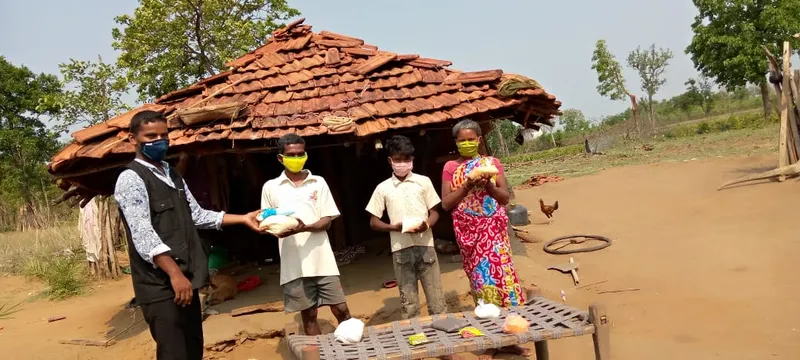
Distribution of essentials in the villages
To ensure the protection of children, the organisation has been linking and referring all cases of children in need of care and protection to relevant government authorities and statutory structures such as CHILDLINE 1098 and National/State Commission for Protection of Child Rights. Additionally, it is running trauma helplines for children in certain states, and on average 80 calls are recorded daily.
“Considering that many children have lost their parents and guardians during the second wave, Save the Children, India has strengthened its on-ground response and is working together with government authorities, CSOs, and the public at large to save the marginalised from illegal adoption and trafficking that could negatively impact their lives forever. We are certain that our efforts will help us in getting closer to our #ProtectAMillion mission soon,” says Sudarshan.
Sabita Devi, one of the NGO's cluster coordinators in Bihar's Gaya district, has been raising vaccine awareness among young adults. One of the children that she counselled, Deepa, is now creating awareness among the members of her community about the vaccines.
“We convinced the parents and broke misconceptions with the help of girls like Deepa. We ensured that during awareness sessions with the youth and community, we involve some doctors on call to break the myth and misconception that are prevailing around vaccination,” Deepa shares.
The NGO is completely driven by donations from three broad streams – corporates including CSR, which constitutes about 40 percent of the funding; institutional donors like USAID and other philanthropic organisations which contribute about 20 percent of the CSR. The biggest contributions come from individual donors.
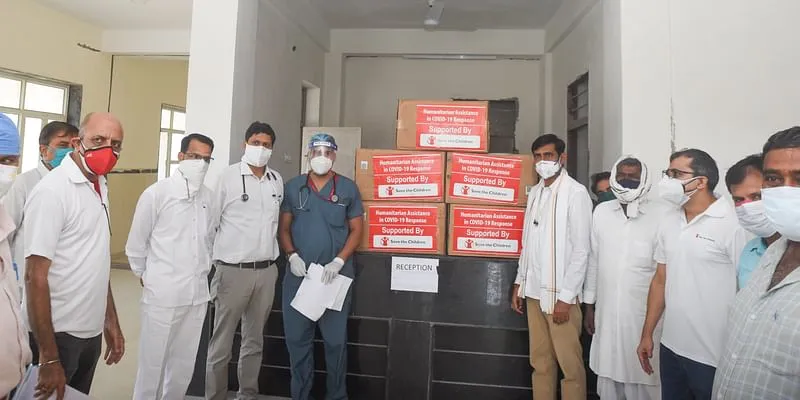
Oxygen concentrators donated by Save the Children, India
Challenges and the way forward
The biggest challenge according to Sudarshan is ensuring that there is a steady flow of resources for these children and their families. Another challenge is the restricted movement and access to amenities and access to data.
"On a personal level, the challenge is to ensure that the colleagues are protected because while they are doing something for the better good, they are at risk of contracting the dangerous infection," says Sudarshan.
For the road ahead, he says that there are three ways - short, middle and long terms.
In the long term, the NGO is looking to onboard more volunteers to help more children across the country and also support the families so that they become self-reliant.
"For the short term, we need to ensure survival and safeguarding of people. For the middle term, over the next few months, we are looking at continuity of normal life for the children in terms of education," he says.
Edited by Kanishk Singh

![[COVID Warrior] How this NGO has ensured health, wellness and education to over 15 lakh children amid the pandemic](https://images.yourstory.com/cs/5/98c65090592f11ea9f62339ce853ca75/Imagewfa9-1624385874395.jpg?mode=crop&crop=faces&ar=2%3A1&format=auto&w=1920&q=75)
![[COVID Warriors] How Mercy Mission brought a group of NGOs together to provide food, ration, beds, oxygen, and dignity in death amid the pandemic](https://images.yourstory.com/cs/5/98c65090592f11ea9f62339ce853ca75/Imagenxli-1623336880916.jpg?fm=png&auto=format&h=100&w=100&crop=entropy&fit=crop)
![[COVID Warriors] From essentials to vaccinations and more, how ChildFund India is fighting second wave](https://images.yourstory.com/cs/5/98c65090592f11ea9f62339ce853ca75/Imagef052-1623083730836.jpg?fm=png&auto=format&h=100&w=100&crop=entropy&fit=crop)
![[COVID Warriors] How this climate-action group from Udupi came to rescue orgphanages, senior citizens, transgenders](https://images.yourstory.com/cs/5/98c65090592f11ea9f62339ce853ca75/Imageq1e2-1623675186624.jpg?fm=png&auto=format&h=100&w=100&crop=entropy&fit=crop)



